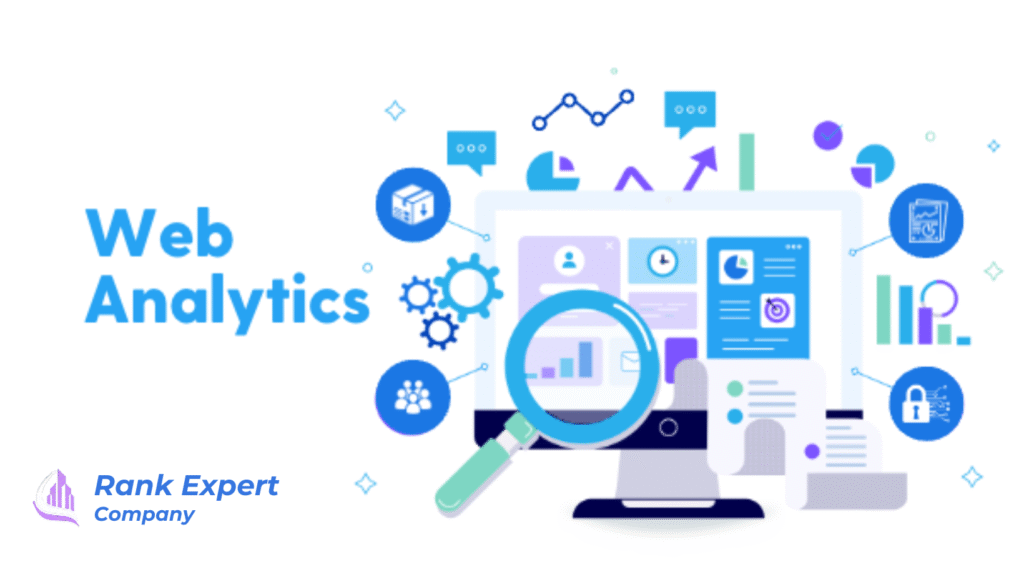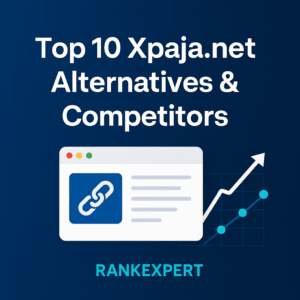In the evolving landscape of digital marketing, generative engines like Google’s AI Overview and Microsoft Copilot are redefining how users interact with search engines. While these advancements are making information retrieval faster and more intuitive, they’re simultaneously upending traditional web analytics frameworks. As a result, marketers, SEO professionals, and data analysts are facing significant disruptions in tracking user behavior, measuring success, and attributing performance.
What Are Generative Engines?
Generative engines refer to AI-powered search technologies that deliver synthesized answers directly within search results. Unlike traditional search engines that display a list of clickable links, generative search engines extract data from multiple sources and present a comprehensive response — often eliminating the need for a user to visit a website.
These AI-driven search experiences, powered by large language models, are at the core of platforms like Google’s Search Generative Experience (SGE), Bing’s AI chat interface, and various voice assistants. While they enhance usability, they also introduce challenges for web analytics and traffic attribution.
The Decline of Click-Throughs and Zero-Click Searches
One of the most significant issues with generative search engines is the dramatic increase in zero-click searches. A zero-click search occurs when a user gets their answer directly on the results page without visiting any third-party websites. In a world where AI overviews and answer boxes dominate the top of the SERPs, websites are losing vital traffic — and with it, critical user data.
According to recent studies, over 60% of mobile searches and nearly 50% of desktop searches result in zero clicks. With the rise of generative content summaries, this percentage is climbing even higher.
How Web Analytics Are Breaking
Traditional web analytics tools — including Google Analytics, Adobe Analytics, and others — rely on user interactions such as pageviews, session durations, and bounce rates. But when users consume content directly on the SERP through AI-generated snippets, no visit is recorded, rendering these tools less effective.
Key Impacts on Web Analytics:
- Inaccurate Traffic Metrics: With fewer clicks, traffic counts and session data drop, creating a false perception of declining performance.
- Broken User Behavior Tracking: AI overviews don’t track what users read, click, or ignore on the SERP, making it impossible to understand content engagement.
- Distorted Conversion Funnels: When users never reach the site, you can’t track micro-conversions (e.g., newsletter sign-ups, downloads) or attribute value.
Marketing Attribution: A Vanishing Act
Generative engines are not only reshaping how content is consumed but also complicating marketing attribution. Without clear referral paths or click-through data, determining which channels drive revenue becomes murky.
For example, if a generative AI presents your content in a synthesized snippet and the user never clicks, there’s no way to tie that impression back to your SEO strategy or paid campaigns. This “black hole” of data severely limits your ability to:
- Optimize ad spend
- Justify SEO investments
- Understand ROI
SEO in the Age of Generative Search
SEO has always adapted to the evolution of search engines — from keyword stuffing to semantic optimization. But generative engines introduce a new paradigm. SEO professionals must now consider how their content is used by AI models, even when no clicks occur.
New SEO Focus Areas:
- Structured Data Markup: Ensure your content is easily parsed and understood by generative models.
- Topical Authority: Build depth and breadth of content to increase the likelihood of being referenced in AI responses.
- Brand Mentions and Visibility: Even if traffic drops, visibility in AI snippets can still build brand recognition.
The Future of Web Analytics: What Needs to Change?
To survive the shift, analytics platforms must innovate to track interactions beyond the website. The future may involve:
- SERP Interaction Tracking: Measuring how often your content is surfaced in AI overviews or snippets.
- Engagement Metrics Redefined: Moving from pageviews to “impression depth” — how much information was consumed from AI-generated summaries.
- Consent-Based Data Collection: With privacy regulations tightening, analytics must evolve to ethical, first-party data strategies.
What Marketers Can Do Now
- Adapt Content Strategy: Focus on answering questions clearly and concisely so your content is likely to be referenced in generative responses.
- Monitor Implied Visibility: Use tools like Semrush, Ahrefs, and Surfer SEO to understand where your content appears — even without clicks.
- Advocate for New Metrics: Push analytics vendors and internal stakeholders to develop KPIs that reflect the reality of AI-driven search.
Conclusion
Generative engines are not just a technological trend; they represent a fundamental shift in how users interact with the web. While they provide value to end-users, they’re disrupting long-established practices in web analytics and digital marketing. The future of measurement lies in rethinking what we track, how we attribute success, and where we invest our digital efforts.



